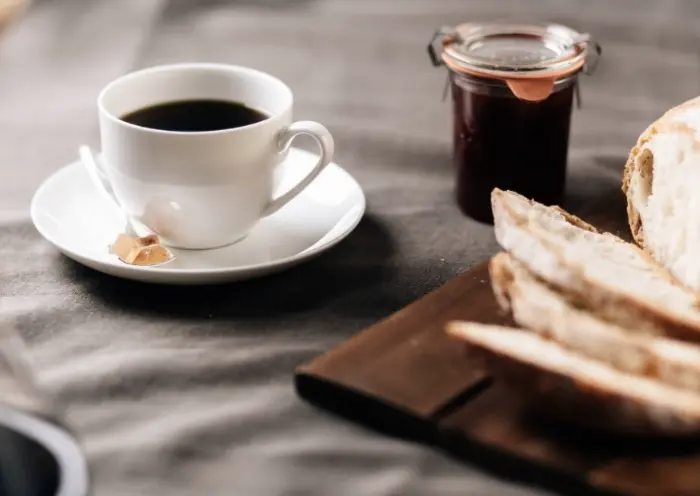When it comes to coffee, strength is often a key factor in choosing the right brew. Two popular options, ristretto and espresso, are frequently compared for their intensity. But which one is truly stronger? To answer this, we need to examine their preparation methods, flavor profiles, caffeine content, and overall impact.
Understanding Espresso
Espresso is the foundation of many coffee drinks. It is made by forcing hot water through finely-ground coffee beans under high pressure. This process extracts rich flavors and aromas, producing a concentrated shot of coffee.
How Espresso is Made
A standard espresso shot uses about 18-20 grams of coffee grounds and yields roughly 30 milliliters (1 ounce) of liquid. The extraction time is typically 25-30 seconds. The result is a bold, full-bodied coffee with a layer of crema on top.
Flavor and Strength of Espresso
Espresso is known for its strong, complex taste. It has a balance of bitterness, sweetness, and acidity. The high pressure extraction pulls out more oils and dissolved solids, giving it a thicker texture and intense flavor.
Understanding Ristretto
Ristretto, meaning “restricted” in Italian, is a shorter and more concentrated version of espresso. It uses the same amount of coffee grounds but half the water, resulting in a smaller, sweeter shot.
How Ristretto is Made
A ristretto shot is made with the same amount of coffee (18-20 grams) but only 15-20 milliliters (0.5-0.7 ounces) of water. The extraction time is shorter, usually around 15-20 seconds. This limits the extraction to the most flavorful and less bitter compounds.
Flavor and Strength of Ristretto
Ristretto is often described as sweeter and more intense than espresso. Because the water passes through the coffee more quickly, it extracts fewer bitter compounds, resulting in a smoother, richer taste. However, its smaller volume makes it feel more concentrated.
Comparing Strength: Ristretto vs. Espresso
To determine which is stronger, we must consider different aspects of strength: caffeine content, flavor intensity, and perceived potency.
Caffeine Content
Many assume ristretto has more caffeine because it is more concentrated, but this isn’t entirely true. Since ristretto uses less water and a shorter extraction time, it actually contains slightly less caffeine than a full espresso shot. A standard espresso has about 63 milligrams of caffeine, while a ristretto has around 50 milligrams.
Flavor Intensity
Ristretto is often perceived as stronger in flavor because it is more concentrated. The reduced water content means the coffee’s natural sugars and aromatic compounds are more prominent, creating a bolder taste. Espresso, while still strong, has a more balanced profile due to its longer extraction.
Perceived Strength
Since ristretto is served in a smaller quantity, it delivers a quick, powerful burst of flavor. Espresso, though slightly diluted, provides a fuller experience with a lingering aftertaste. Which one feels stronger depends on personal preference—some prefer the sharp intensity of ristretto, while others favor the rounded strength of espresso.
Which One Should You Choose?
The choice between ristretto and espresso depends on what you consider “stronger.”
- If you prefer a sweeter, more concentrated flavor, ristretto is the better option.
- If you want a balanced, full-bodied coffee with slightly more caffeine, espresso is the way to go.
Both drinks offer unique experiences, and the best way to decide is to try them side by side.
Brewing Tips for the Best Shot
Whether you choose ristretto or espresso, proper brewing is essential.
For Espresso
- Use freshly ground beans for optimal flavor.
- Ensure the water temperature is between 90-96°C (194-205°F).
- Tamp the grounds evenly to avoid uneven extraction.
For Ristretto
- Grind the coffee slightly finer than for espresso.
- Use the same amount of coffee but reduce the water by half.
- Stop the extraction early to avoid over-extraction and bitterness.
Conclusion
So, which is stronger—ristretto or espresso? The answer depends on how you define strength. Ristretto is more concentrated and flavorful, while espresso has slightly more caffeine and a balanced profile. Both are excellent choices for coffee lovers seeking a powerful brew. The best way to decide is to experiment and see which one suits your taste.
Whether you’re a barista or a home brewer, understanding these differences will help you appreciate the art of coffee even more. Enjoy your next cup, and savor every sip!
Related topics:
How to Use Mr Coffee Espresso?
What is the Best Espresso Powder for Baking?


